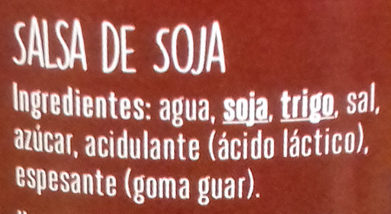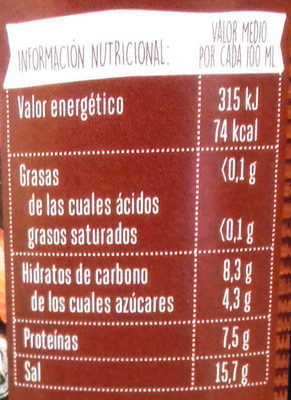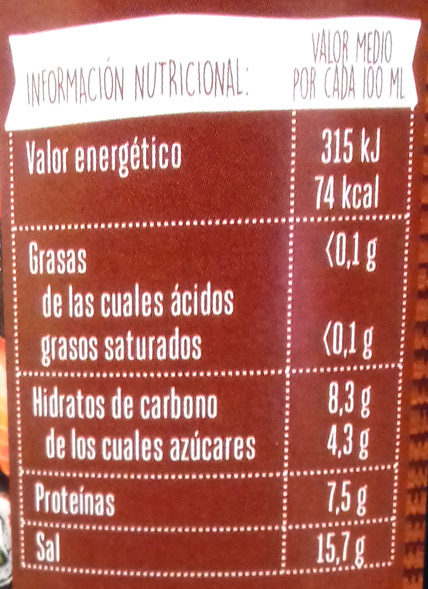Salsa de soja - Aiko - 250 ml
This product page is not complete. You can help to complete it by editing it and adding more data from the photos we have, or by taking more photos using the app for Android or iPhone/iPad. Thank you!
×
Barra-kodea: 4006824005715 (EAN / EAN-13)
Izen arrunta: Salsa de soja
Kopurua: 250 ml
Ontziratzea: en:Glass, en:Bottle
Markak: Aiko
Kategoriak: en:Condiments, en:Sauces, en:Soy sauces, en:groceries
Etiketak, ziurtagiriak, sariak:
en:Green Dot, en:No lactose
Manufacturing or processing places: Austria
Link to the product page on the official site of the producer: http://www.mautner.at/
Dendak: Mercadona
Saltzen diren herrialdeak: Espainia
Matching with your preferences
Ingurumena
Carbon footprint
Ontziratzea
Transportation
Report a problem
Datuen iturria
Product added on by neptuno
Last edit of product page on by packbot.
Produktuaren orria -gatik editatua kiliweb, thaialagata, yuka.RzVBdkU2a3ZoY2txZ3NVL3d6UHY5bzR1K3JDMFF6MnFkdHNySVE9PQ.










